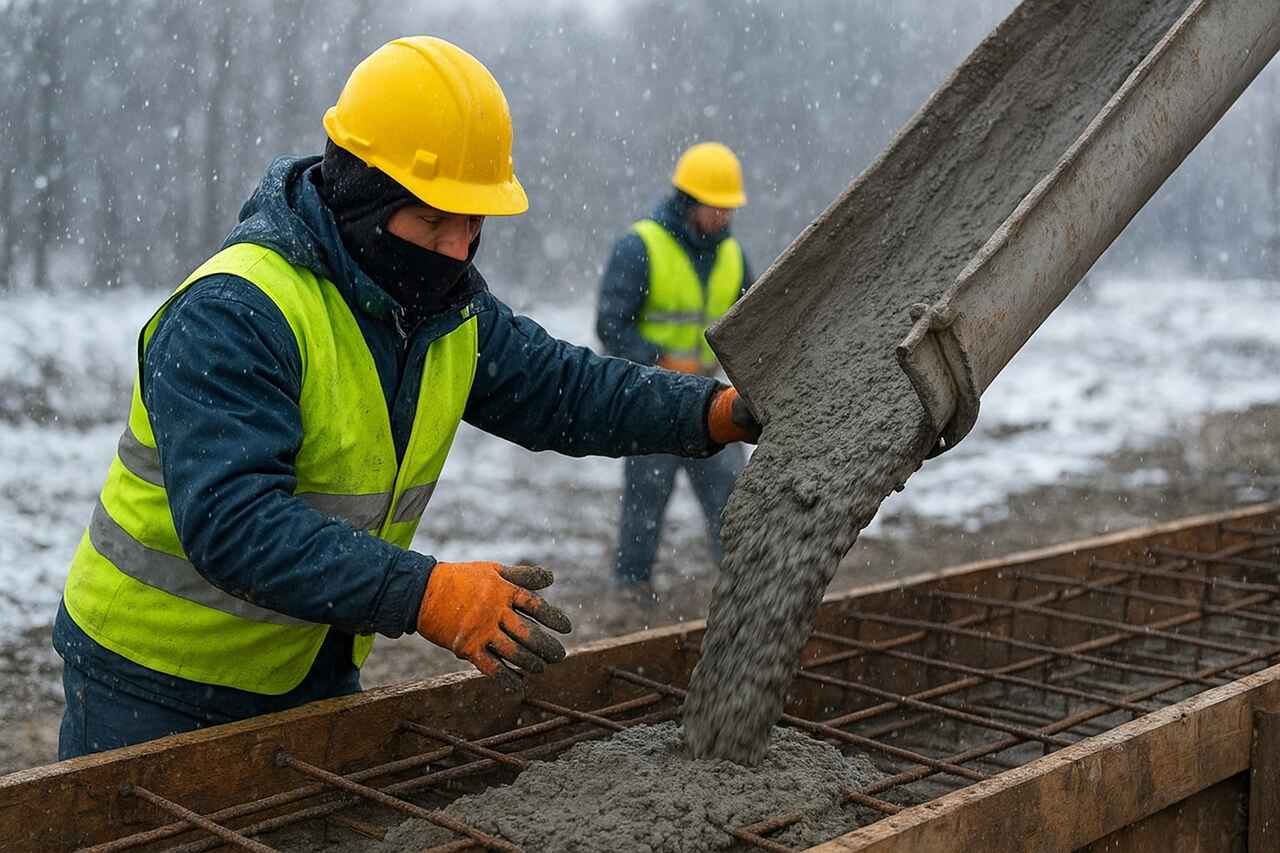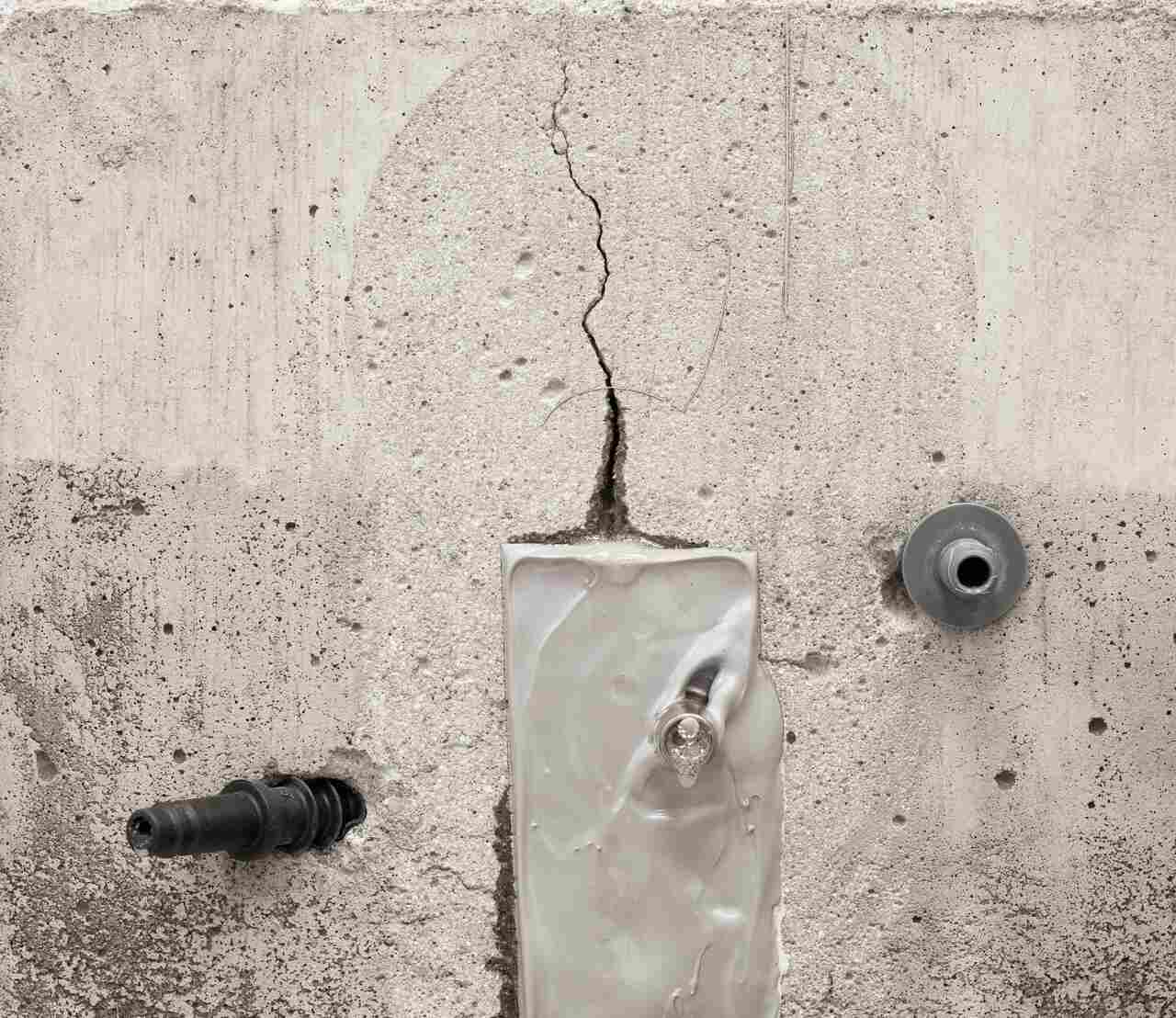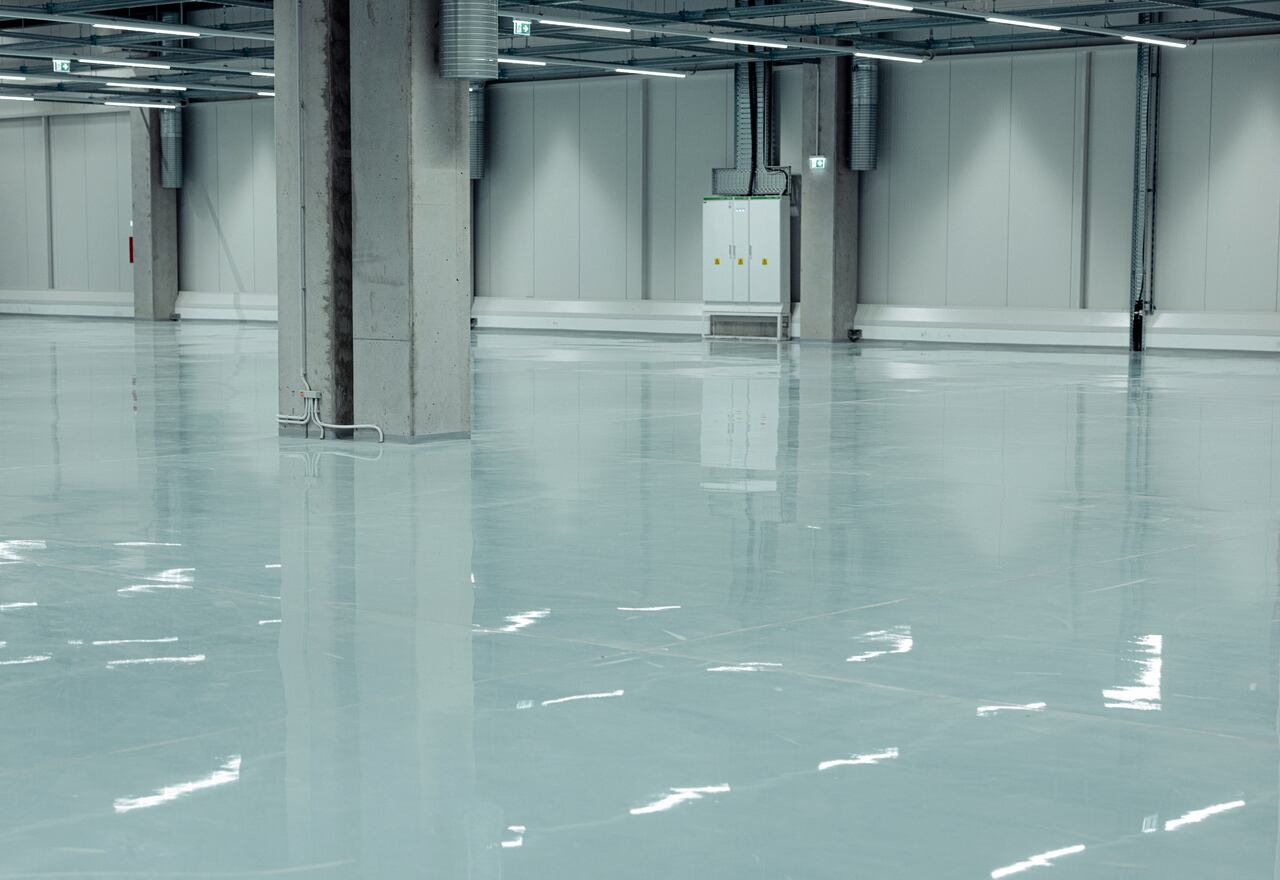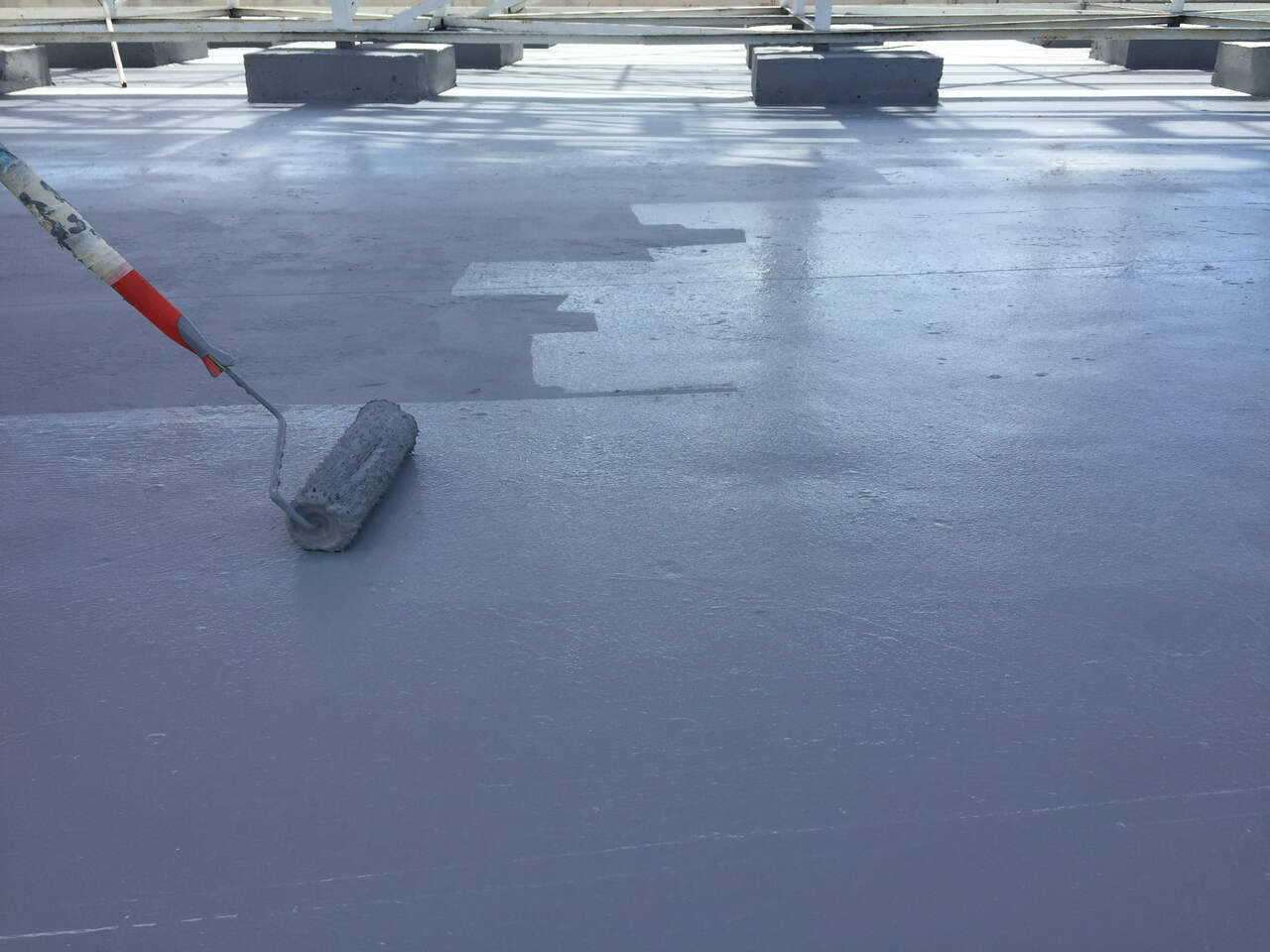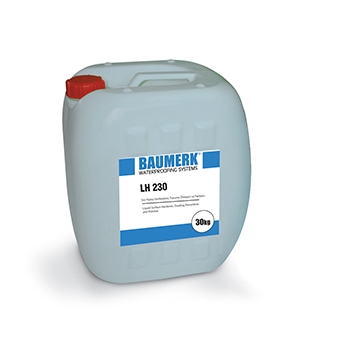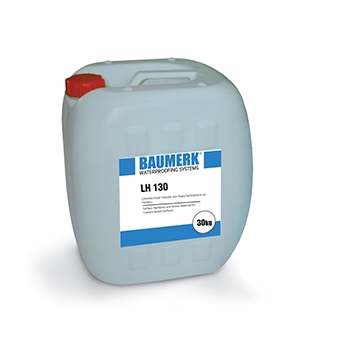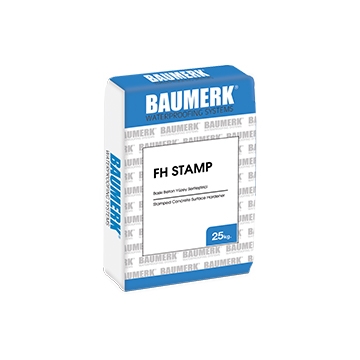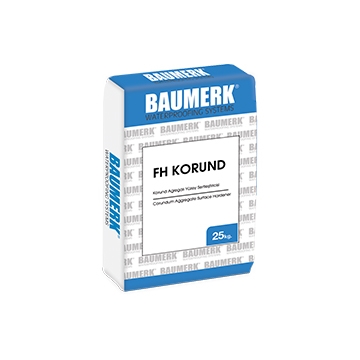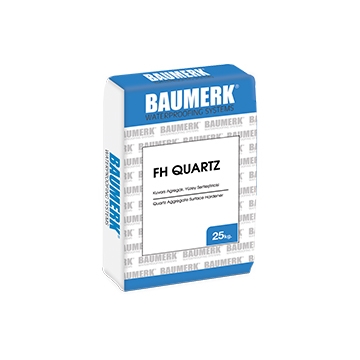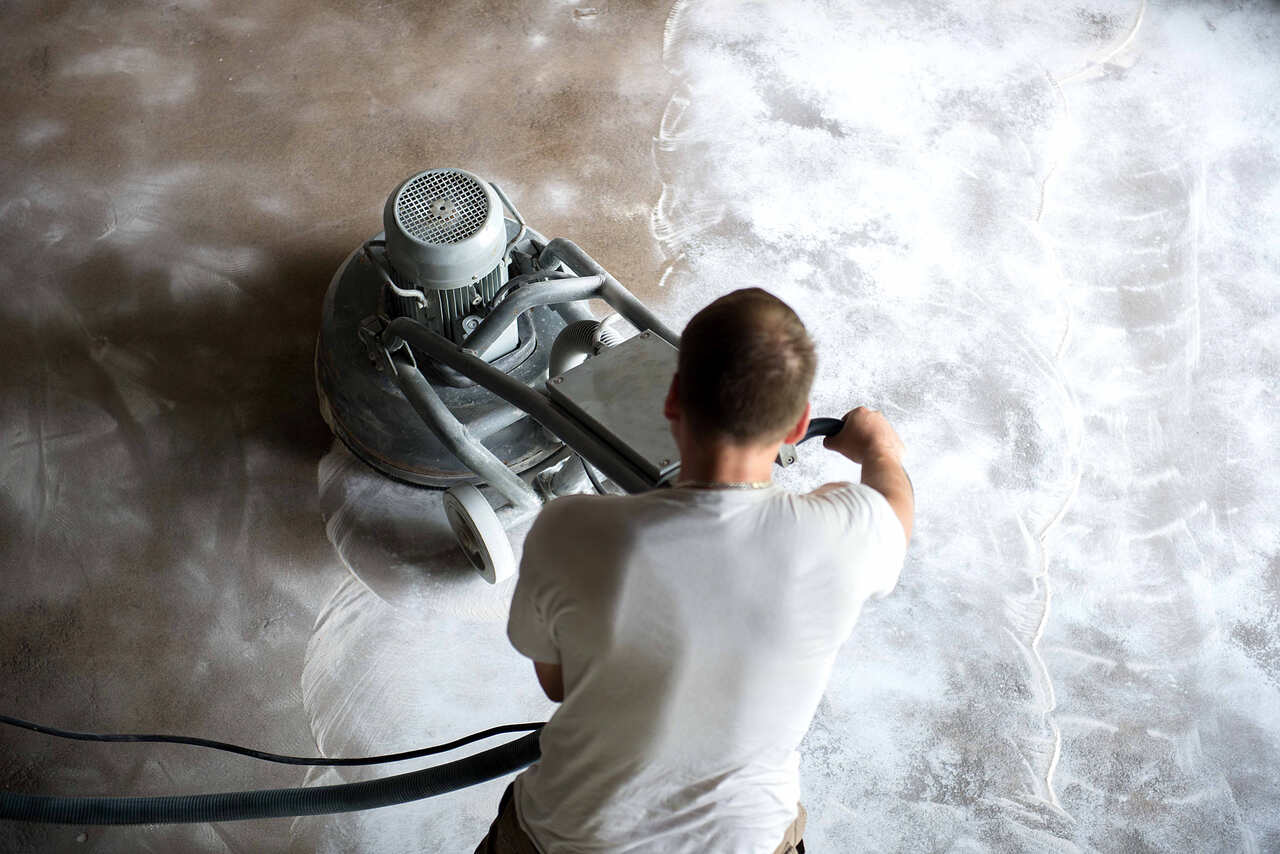
One of the products used to increase the durability and extend the lifespan of construction materials is surface hardener. This product also provides an effective solution against wear and erosion. Surface hardeners deliver strong performance across various application areas while preserving the aesthetic quality of the structure. So, where exactly are surface hardeners used, what are their functions, and how are they applied? As construction chemicals experts at Baumerk, we’ve answered all your questions!
What Is a Surface Hardener?
A surface hardener is a material used to enhance the durability of surfaces such as concrete, asphalt, natural stone, and industrial flooring. It is a cement-based or resin-based product that not only boosts structural strength but also improves aesthetic appearance.
Applied in powder form by broadcasting, surface hardeners are known for their impact resistance. Additionally, they make surfaces more robust for supporting medium to heavy loads. So, what exactly does a surface hardener do?
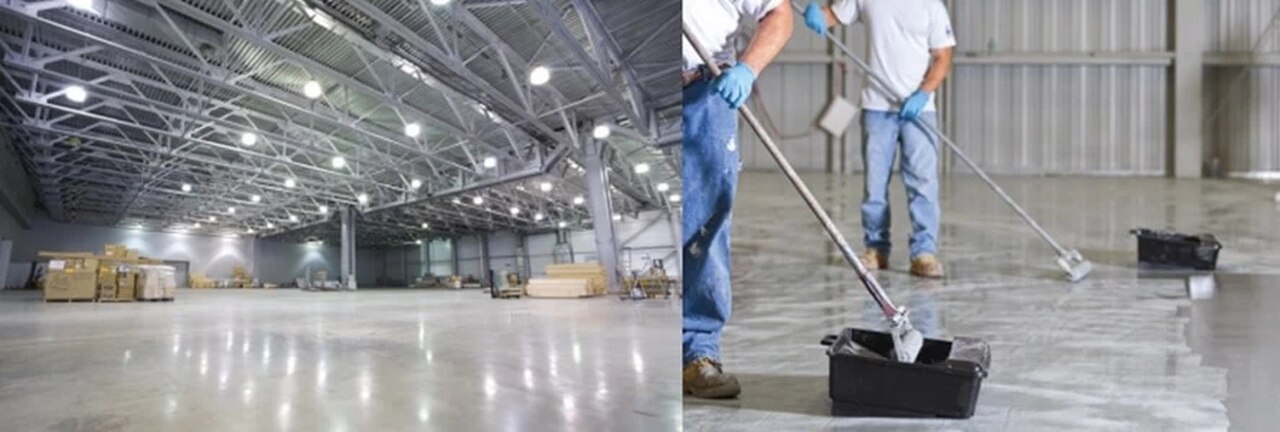
What Does a Surface Hardener Do?
Surface hardeners that coat the floor and increase surface resistance are particularly prominent in industrial applications. They are also used on cracked surfaces to provide a smoother finish. Here are the primary functions of a surface hardener:
-
Minimizes dusting risk over time on concrete surfaces,
-
Distributes loads more evenly on the surface, reducing the risk of cracking,
-
Protects against oil, fuel, and other chemical exposures, preventing surface degradation,
-
Enhances the appearance of the surface, making it smoother, glossier, and more uniform,
-
Creates a more durable surface, reducing long-term maintenance needs,
-
Provides higher resistance and longevity for floors exposed to high traffic and loads.
Surface hardeners designed to improve floor durability are produced in various formulations to meet different performance needs. Let’s explore the areas where they are used!
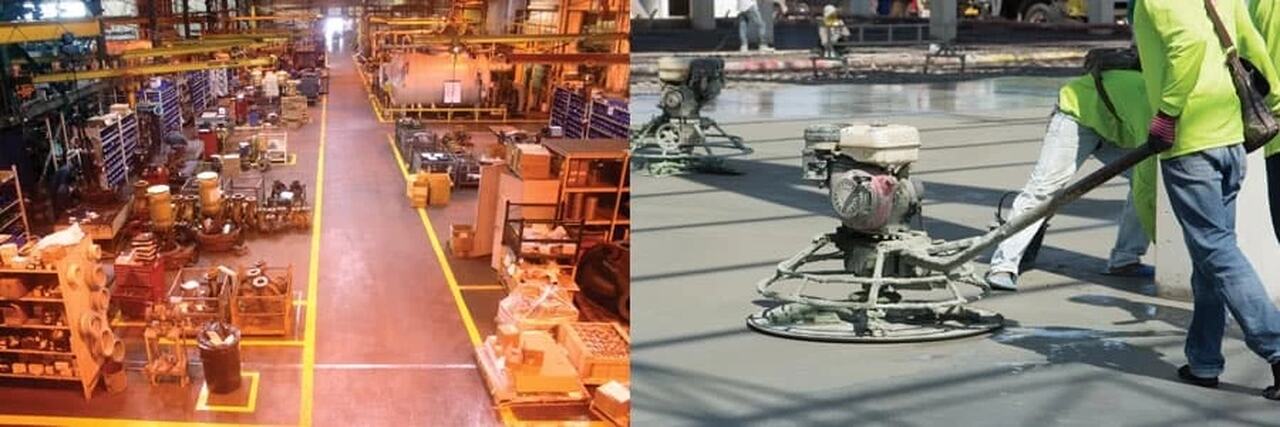
Where Are Surface Hardeners Used?
The application areas of surface hardeners vary depending on the purpose of the application and the environmental conditions to which the surface will be exposed. The main areas of use include:
Industrial Facilities – Factory Floors: These areas are constantly exposed to heavy loads, making metallic surface hardeners the ideal choice. With metallic aggregates, they offer high impact and abrasion resistance. Cement-based hardeners are recommended in such environments. For floors under light to heavy traffic, you can choose FH QUARTZ - Quartz Aggregate Surface Hardener to increase abrasion resistance.
Warehouses and Logistics Centers: In areas subjected to mechanical loads and friction caused by forklifts and pallet trucks, high-strength mineral-based hardeners are used. Applicable on all cement-based surfaces in factories and warehouses, LH 130 - Cement-Based Surface Hardener enhances the chemical resistance and vibrancy of concrete.
Shopping Malls and Parking Garages: In these high-traffic pedestrian and vehicle areas, surface hardeners help prevent dusting and improve surface aesthetics and longevity. Pigmented surface hardeners are applied to support a more decorative appearance. FH KORUND - Corundum Aggregate Surface Hardener, with high resistance to medium and heavy loads, is ideal for parking garages, hangars, and helipads.
Cold Storage Facilities: Surface hardeners with special formulations that maintain structural integrity and flexibility at low temperatures are ideal for cold environments. Polyurethane-based resin hardeners are typically used here due to their resistance to temperature changes.
Sidewalks, Pedestrian and Vehicle Roads: In outdoor areas exposed to weather conditions, freeze-thaw cycles, and water, mineral-based hardeners and UV-resistant resin hardeners are preferred. FH STAMP - Decorative Concrete Surface Hardener, suitable for both interior and exterior surfaces, offers a colored and decorative finish for such environments.
When and How to Use Surface Hardeners?
For a surface hardener to deliver optimal performance, it must be applied correctly. The method depends on the type of product (powder, liquid, resin-based, etc.) and the condition of the surface (fresh concrete, cured surface, or existing concrete).
It’s also important to know when to use a surface hardener. It is recommended in the following cases:
-
During fresh concrete casting,
-
On existing concrete surfaces to reduce dusting or improve chemical resistance,
-
When aesthetic, glossy, and hygienic concrete surfaces are desired,
-
When signs of wear, cracking, or performance loss appear on the surface.
Powder surface hardeners are applied evenly over fresh concrete using the dry shake method. After the material is spread, it is worked into the surface using a power trowel. A second application may be necessary in some cases. Resin-based hardeners, typically two-component systems, are applied in a primer-topcoat method. The moisture content of the concrete should be checked before application.
Liquid surface hardeners are applied using a roller, brush, or sprayer. Usually, one coat is sufficient. If you're looking for a liquid hardener, consider LH 230 - Liquid Surface Hardener with Dust-Proofing and Polishing Properties. You can also visit our Surface Hardener page to find the right product for your needs in both solid and liquid forms.
Explore various Baumerk products designed for different applications to enhance your flooring’s durability. Don’t forget to check our blog page for more insights on construction chemicals and waterproofing tips!
